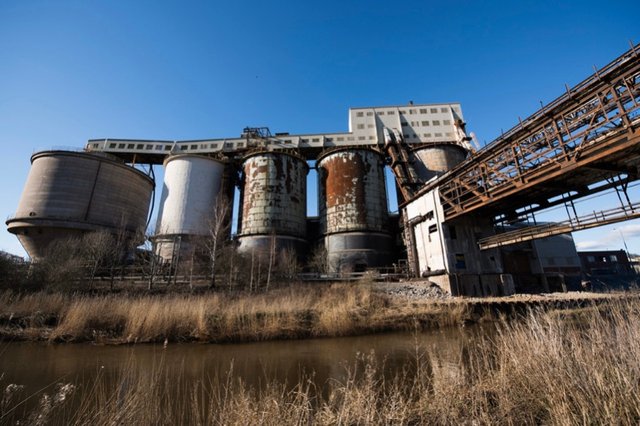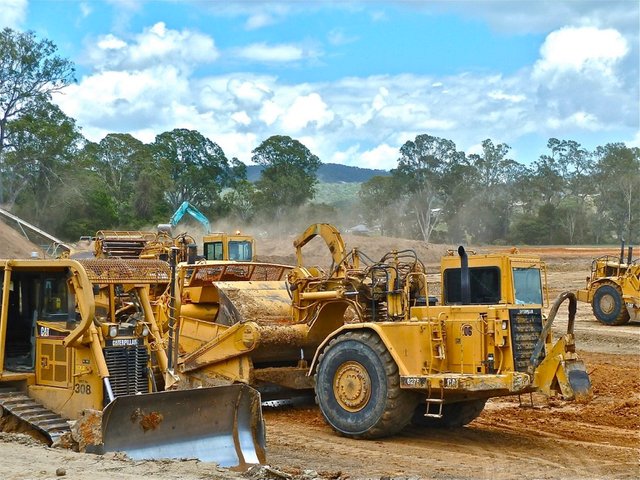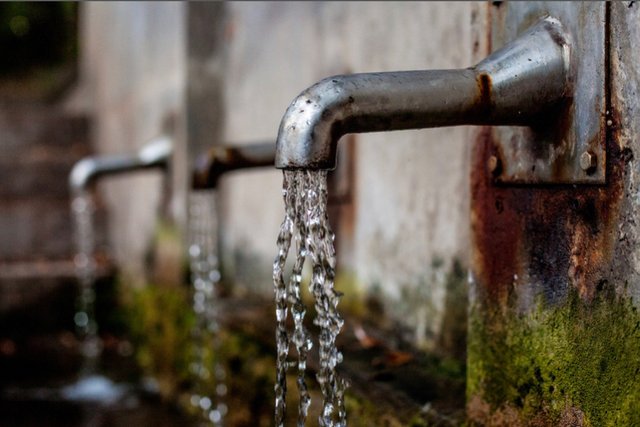Here is part 3 to my series on groundwater drawdown in Southeast Wisconsin, please check out parts 1 and 2.
In this post, I will discuss current strategies being used to combat groundwater drawdown as well as improvements to be used. I wanted to finish the series with this post but I still have some insights I would like to offer from my own experience in one final post and this one already ran a little longer than expected.
Current Approach
Continuing on!
Currently, when it comes to development and consideration of groundwater conservation, people are primarily concerned with the quality of their drinking water and not the quantity of water.
For many years there has been regulations and ordinances that ensure the quality of the water being taken from underground sources. Not until recently have people begun to be concerned with the quantity of water that is being removed.
As Urban areas and agricultural development become more sophisticated, populated, and in high demand people are beginning to notice the strain on groundwater caches.
Small farmers and rural residents with shallow wells are being forced to compete with large agribusiness’ for groundwater and have to drill deeper and deeper wells.
In many cases today groundwater is still left out of the planning process, but the United States Geological Society in Wisconsin has been on the forefront of trying to incorporate groundwater management into developmental plans.
According to their website, in order to implement a successful groundwater plan they suggest that; “Developing a wellhead protection plan is one way to accomplish this important step. It is important to have information on groundwater resources to make sound planning decisions.”(United States Geological Survey).
By monitoring current groundwater levels and the amount of recharge and drawdown communities can have an idea of where major problems persist. They can find out who is contributing the most to groundwater drawdown and where it is not being properly recharged.
By combining the importance of quantity and quality of groundwater we can take a significant step towards preserving this valuable resource.
Improvements
With the implementation of groundwater quality protection and quantity conservation many environmental systems will benefit.
An average American family of four uses about 400 gallons of water per day, that’s 100 gallons per member of that household (Environmental Protection Agency).
By taking into consideration the families that live in urbanized areas where that water used is not returned directly to the ground but transported to water treatment facilities, one can see the effects this can have on groundwater.
If people begin to take a wholehearted approach to use less water, in their everyday activities, this alone will contribute to an immediate success not only for a long term utilization plan of ground water, but for the surrounding environment.
Groundwater recharge is an important consideration when it comes to development and land use. In those systems that are connected to a municipal sewer and water line artificial recharge processes can be put in place.
By diverting some of the waste water directly back into the ground there will not be as much of a strain on the groundwater aquifers. Another way to help ground water recharge is to plant native species to reduce erosion and to slow the escape of surface water so it can be collected into groundwater aquifers.
As climates continue to change and water becomes scarcer, this will be a necessary step to preserve the underground water supply.
Quick Note
Thanks again for visiting my blog.
This is a niche issue in the science world, but it is a high humanitarian and land conservation issue that few people think about. I look forward to your comments down below.
Reference List (Entire Series)
Environmental Protection Agency. Indoor Water Use in the United States.
http://www.epa.gov/WaterSense/pubs/indoor.htmlHayashi, M. and Rosenberry, D. O. (2002), Effects of Ground Water Exchange on the Hydrology and Ecology of Surface Water. Ground Water, 40: 309–316.
Rayne, Todd W., and Kenneth R. Bradbury. 2011. "Evaluating impacts of subdivision density on shallow groundwater in southeastern Wisconsin, USA." Journal Of Environmental Planning & Management 54, no. 5: 559-575.
United States Geological Survey. Protecting Wisconsin’s Groundwater through Comprehensive Planning. http://wi.water.usgs.gov/gwcomp/integrate/develop.html
Wisconsin Department of Natural Resources. Status of Groundwater Quantity in Wisconsin.
http://dnr.wi.gov/topic/groundwater/documents/pubs/quantity.pdf





Brilliant click
Posted using Partiko Android
Downvoting a post can decrease pending rewards and make it less visible. Common reasons:
Submit
Howdy sir badger! this is so important and I hope state governments start educating people on why they should be conserving water.
Downvoting a post can decrease pending rewards and make it less visible. Common reasons:
Submit